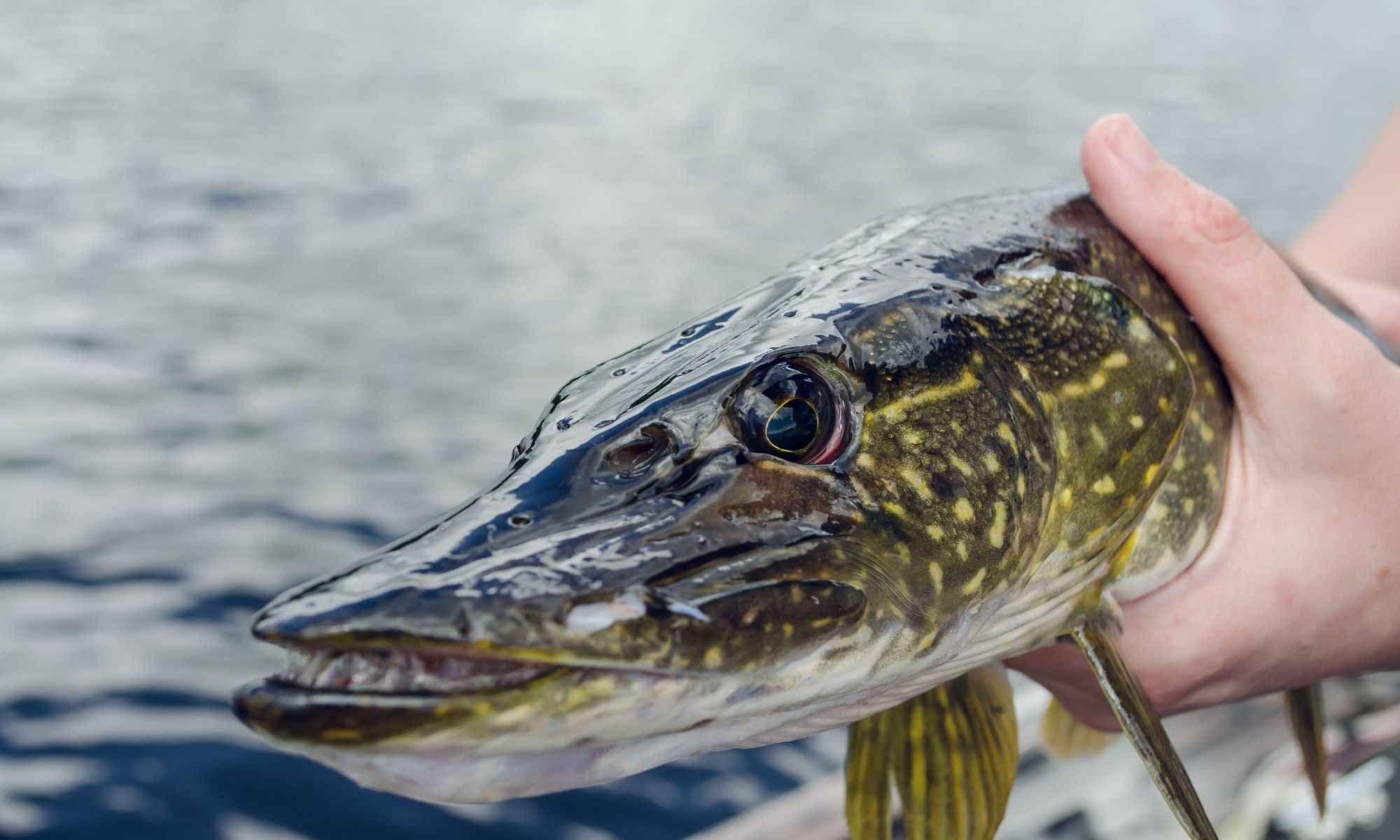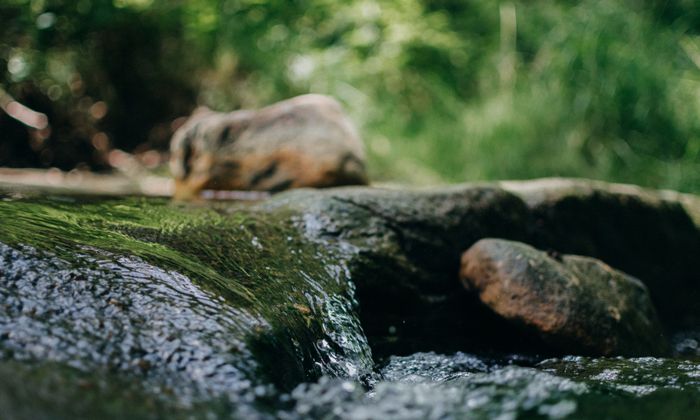Pike: How to Catch Them from Small Waters
Pike are known to be a challenging catch. Here are techniques that will help you catch them in smaller waters.

Pike fishing can sure be challenging and tricky, but catching it can also be very rewarding. It is incomparable to other forms of angling, and most anglers treat pike fishing separately from other types, such as carp fishing. Pike are characterized by their elongated heads and bodies, small scales, and a shovel-like snout with an enormous mouth armored with strong teeth. They are aggressive solitary hunters, waiting near the bottom of their habitat for their prey to pass by so they can lunge and seize them. They usually prey on smaller fish, invertebrates, and insects, but larger ones also target waterfowl and small mammals.
Pike are rampant in rivers and lakes all over the Northern Hemisphere, especially in the United States and Canada. They are best found in freshwater bodies with plenty of vegetation, and even in brackish rivers and canals. Pike fishing in small waters certainly has its perks, because a smaller watercourse means more curves and more obstructions. They usually spawn in the weedy portions of small water bodies from late winter through spring. It can survive both shallow and deep waters, and also usually hang out at the bottom. Because of this, pike fish are fairly easy to catch in small lakes or rivers—and you may even get a handful of trophy ones as you go along the way.
Where to Find Pikes in Small Waters
Deeper Spots of the Stream
When fishing for pike, try to find spots where the water goes deeper. Note that the warmer the weather gets, the deeper the pike goes into the water to stay comfortable, especially in small rivers. They are wise in taking advantage of their surroundings as predator species, and they usually stay out of the stream. They are best targeted during sunrise or sunset when they are most active and aggressive in looking for prey.

Aquatic Vegetation
When the weather is cooler and they stay nearer to the surface, they are most likely hiding in weeds, lily pads, and other aquatic vegetation present in the river or lake. Lily pads are a great sign the pikes are hunting for their prey so keep an eye on them. Topwater or weedless lures are ideal for these areas, and these lures are a must-have when fishing for pike.
You may also check out areas with trees and overgrown bushes on the riverbank, as these are perfect places for pikes to hang out in the shade and be free from birds and bigger animals. However, be careful when casting your lures here, as you may have a difficult time retrieving them.
River Mouths
The turning points or the river mouths are also a great place to fish for pike, especially when you are just starting out. River mouths leave a still water pool in the corner it turns into, which are the best places for lily pads to grow in—hence, also a good place for pikes to hide in. The outer curves usually have a slower and steady stream, which are perfect for lazy pikes to hide and hunt for their prey. Even though they are mostly aggressive predators, they tend to get lazy sometimes and won’t give off extra energy fighting off currents. They prefer to hang out in the calmer portions of the water to try and pick off passing prey caught in the turbulence of the stream.
Techniques for Catching Pike in Smaller Streams
Choose the Right Bait
Pikes like being enthralled by flashy and noisy lures, but it depends on the water you are fishing in. When fishing in rivers or lakes that have a clearer course, choose natural colored and patterned lures. On the other hand, when fishing in muddier rivers with darker visibility, pikes tend to be more attracted to flashier and brighter colored baits, as they are visual feeders. Rattling lures work great, too, as pikes respond well to baits that produce vibrations or sounds.

Get familiar with the Best Pike Fishing Tactics
There are a lot of techniques used by different anglers in catching pike but the main three tactics are:
- Lure Fishing - This is best used when pike fishing in warmer months when pikes are likely to chase bait. Lure fishing is a versatile and mobile approach that will allow you to cover more water and heighten your chances of catching pike. Remember to cast your lures ahead so you won’t scare the fish away.
- Dead baiting - This one works best when the water is cooler, and the pike’s metabolism is slower. This is when they are less likely to chase bait. However, you need a certain amount of planning when you opt to use this method. Do make sure to use quality dead baits that you can obtain, and ensure that the fish you use have bright eyes and bright flanks that reek freshness.
- Live Bait Fishing - This tactic uses live prey fish kept in a specific area to lure pikes when they are in the mood. The most common baits used are gudgeon, roach, or bream fish species, as they are easy to be caught in most waters. They are also visually attractive, making them the perfect bait for pikes.
Use the Fly Fishing Technique
Smaller waters are pretty shallow, and they require a special technique, especially when you fish for pikes: fly fishing. More often than not, pikes are found just right underneath your feet. When you use other techniques such as spinning, or using crank baits for jerk baits, you get almost no action since the bait is near to your rod tip. Pikes are the kind of predators that sit and wait, and they use bursts of energy to catch their prey. With that said, fly fishing is one of the best techniques to use as it greatly increases your chances of landing a fish and catching them right away.

Pike Fever
Most anglers that catch pike for the first time can never get enough of it, and for a number of reasons. One thing about fishing for pike in small rivers is that it will always be wild, fun, and unpredictable—and it’s certainly an experience that most anglers would like to do over and over again.



